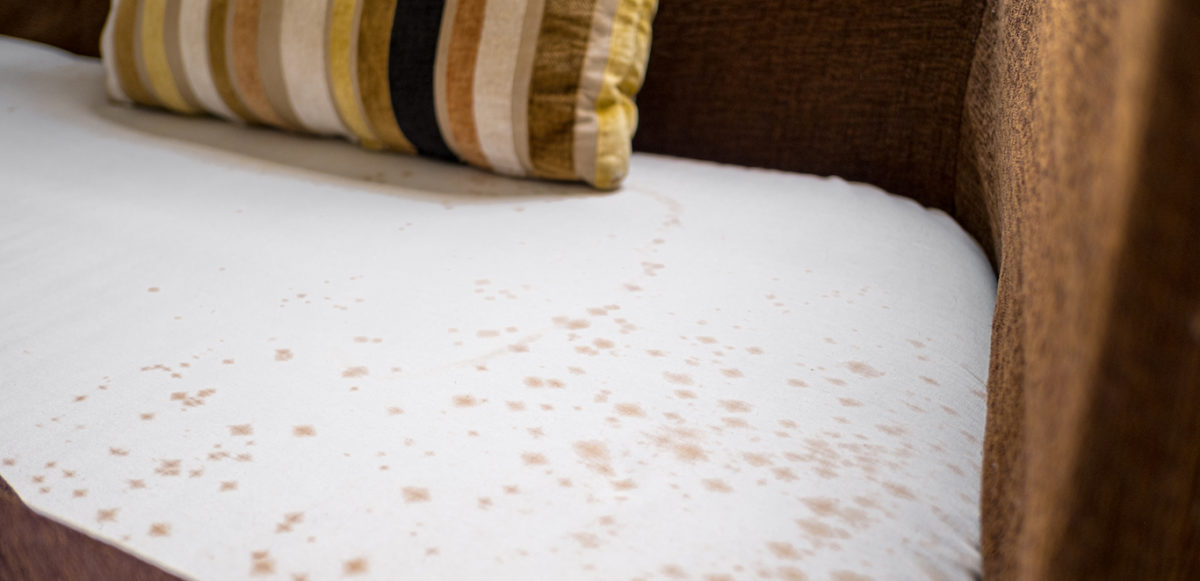You’re shopping for a new sofa, and they all look beautiful, inviting, and comfortable. But look beyond the glam, and you can see differences that determine whether a sofa is good for the long term or won’t last longer than a few years. It pays — literally — to know how to identify the best quality furniture that is worth your investment. These tips can help you score a superior sofa.
Focus on Quality Over Cost
It’s tempting to look for the best bargain, but prize sofas don’t come cheap. That doesn’t mean you can’t try to find one on sale, but two similar sofas that vary dramatically in price probably aren’t the same quality. The market is filled with bargain-priced replicas of superior furniture.
New York City interior designer, Debra Duneier of EcoChi reminds buyers, “This is one of the pieces in your home where you should spend the money to get good quality, or you’ll be replacing it in a few years.” That kind of replacement adds up to a lot of cash over time.
It can be hard to see the structure under a sofa’s perfect fabric or lovely contours. “Don’t buy on impulse or because it appears to be a great price,” Duneier warns. “Instead, get all the identifying information on the couch you can, take it home, and research it online,” she adds.
Research a sofa’s manufacturer, material components, and material sources. “Read customer reviews on the sofa or its manufacturer,” advises Duneier. “Even negative ones can give you insight into a couch since what’s negative to one person might be positive to you.”
Consider a Sofa’s Materials
“Your couch is part of the bones of your home, and it needs to be as well-made as your house,” says Duneier. “Because it’s where we lie down to relax or sit with others to socialize, we pretty much live on our couches.”
A sofa’s frame should be solid, kiln-dried hardwood like maple, oak, or cherry, not pine or a composite like plywood or MDF. The cheaper the materials used to make the furniture, the more likely the materials contain toxic chemicals and glues. Weight and form are good indicators of hardwood materials, as softer woods like pine tend to sag. A sofa shouldn’t be lightweight or droop in the middle when you lift it.
It’s also essential to check the upholstery and cushion fillings on a sofa. Flame- and stain-resistant chemicals are sometimes toxic, and glues in cheap wood frames can excrete gases into the air your household members inhale. Consider environmentally-friendly products like eco-leather to avoid toxins. “Look for couches tagged low-VOC or Green Seal-certified, which proves the sofa’s fabrics and fillings got tested and certified for low emissions,” says Duneier.
Learn About the Sofa’s Construction
If you’re shopping in a store, examine a sofa’s construction. Seat cushions should be padded and entirely covered in exterior upholstery. Make sure the bottom and top of the cushions are identical so you can use both sides. Avoid seat cushions that have a sheet of MDF stapled to them or are made from plywood slats covered in cheap fabric.
Open seat cushion coverings to make sure they’re totally covered in fabric, and examine the zipper’s quality. It should easily slide open and closed and be surrounded by well-stitched fabric that matches around the zipper.
A sofa’s suspension, or the construction under the seat cushions, is critical to its longevity. Springs should be entirely covered, tied to metal or fabric webbing, and not have gaps. The highest quality suspension is eight-way, hand-tied. Other suspension types, especially those without springs or just with webbing, are less desirable.
Avoid sofas with inexpensive foams or polyester fibers in cushions. Good quality, reasonably-priced fill combines high-resilient (HR) foam, conventional foam, and a down layer. Back cushion fill should be sewn in channels so the filling stays put. Unzip them to make sure fillers or feathers don’t stick out. Push down on cushions to make sure they spring immediately back into shape, and bounce gently on the sofa to see if it feels sturdy.
“Upholstery and fabric covering seams should be carefully and deliberately structured and sewn for evenness, and fabrics should match at the seams,” explains Duneier. Examine the leg attachment and frame joints. High quality furniture uses wood dowels, wood blocks, metal brackets, and screws. Glue, staples, and nails are used for added support, but never alone.
Think About Your Lifestyle
If you have kids, pets, or a high-traffic home where you entertain frequently, take those factors into consideration. The same is true if anyone has allergies or chemical sensitivities.
If you’re avoiding fabrics with potentially toxic stain-resistant treatments, look for upholstery you can wipe with a damp cloth and clean with non-toxic products. “Look for good quality organic or man-made fabrics manufactured to be eco-friendly, toxic-free, and easy care,” says Duneier. Additionally, woven fabrics usually last longer than printed ones.
During the purchase process, don’t be afraid to ask questions about materials, construction, and origin. If you don’t like the answers, find a better sofa. Plenty of superior options are available in the inventory at CORT Clearance Centers, where the perfect addition to your home doesn’t have to break the bank.


